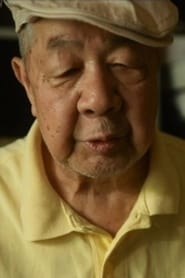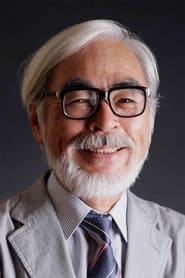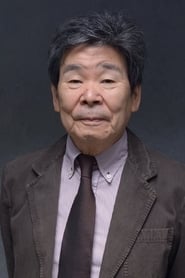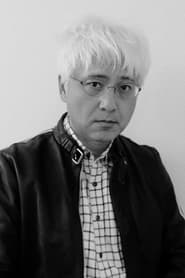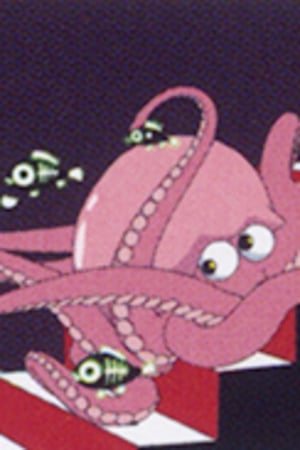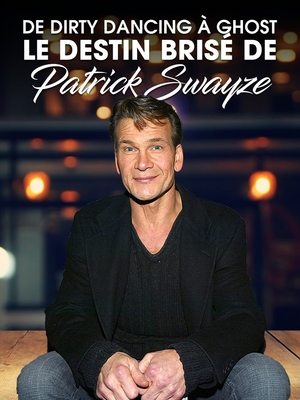

Yasuo Ōtsuka's Joy in Motion(2004)
Yasuo Ōtsuka was the mentor of Isao Takahata and Hayao Miyazaki, the man who taught them to feel the joy of animation. As the supervising animator of their films and through the creation of superb scenes such as Lupin leaping from turret to turret in Lupin the 3rd: The Castle of Cagliostro, Ōtsuka made the impossible believable, and touched people’s emotions. To look back at the many works he was involved in is to review the history of Japanese animation after WWII. This film is a must for anime fans who want to learn how Japanese animation evolved.


Movie: Yasuo Ōtsuka's Joy in Motion

大塚康生の動かす喜び
HomePage
Overview
Yasuo Ōtsuka was the mentor of Isao Takahata and Hayao Miyazaki, the man who taught them to feel the joy of animation. As the supervising animator of their films and through the creation of superb scenes such as Lupin leaping from turret to turret in Lupin the 3rd: The Castle of Cagliostro, Ōtsuka made the impossible believable, and touched people’s emotions. To look back at the many works he was involved in is to review the history of Japanese animation after WWII. This film is a must for anime fans who want to learn how Japanese animation evolved.
Release Date
2004-07-23
Average
0
Rating:
0.0 startsTagline
Genres
Languages:
日本語
Similar Movies
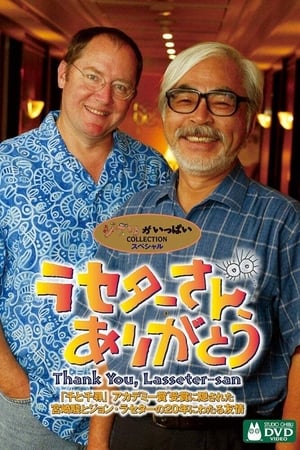 0.0
0.0Lasseter-san, Thank You(ja)
Depicts the 2002 trip by several employees of Studio Ghibli to promote the movie Sen to Chihiro no Kamikakushi (Spirited Away) in North America. It was originally made as a private thank-you gift from Ghibli to John Lasseter, the Lasseter-San of the title. The show appears similar to a home movie, or private documentary. This footage includes snippets from some of Miyazaki's films, as well as some Pixar shorts. The most striking part were clips from Porco Rosso, interchanging with images of Miyazaki flying a red double-decker.
 7.0
7.0Madaran's World(ja)
The universe of strange and colorful creatures that are born, eat, are eaten... and are reborn indefinitely on the screen.
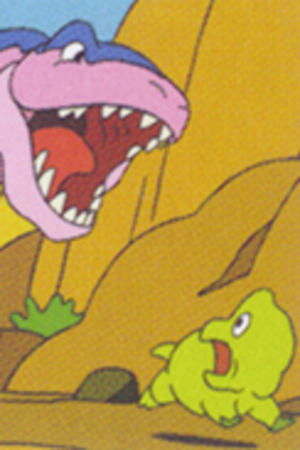 7.0
7.0The Theory of Evolution(ja)
The story of evolution, from the first aquatic organisms to modern man (and woman).
 7.0
7.0Rambutan Adventures(ja)
The hero, Rambutan, fights against a rival inside an old convertible launched at high speed. His opponent manages to rush him out of the vehicle and then bends over the hero's girlfriend who desperately resists by kicking him in the face. Meanwhile, Rambutan catches up with the car running. He throws himself on his enemy and gets rid of him then kisses his girlfriend. The rival arises again, separates the two lovers and he and Rambutan fight again. The cycle resumes.
 7.0
7.0The Fish of the Fish(ja)
A small white fish enters the frame and is eaten by a larger one, then the latter is in turn eaten by an even larger fish... At the end, only a huge white fish remains which seems to shrink in size. swimming towards the bottom of the screen. He leaves the frame and the cycle resumes.
 6.9
6.9Olympia: Part One – Festival of the Nations(de)
Commissioned to make a propaganda film about the 1936 Olympic Games in Germany, director Leni Riefenstahl created a celebration of the human form. This first half of her two-part film opens with a renowned introduction that compares modern Olympians to classical Greek heroes, then goes on to provide thrilling in-the-moment coverage of some of the games' most celebrated moments, including African-American athlete Jesse Owens winning a then-unprecedented four gold medals.
 6.7
6.7Olympia: Part Two – Festival of Beauty(de)
Commissioned to make a propaganda film about the 1936 Olympic Games in Germany, director Leni Riefenstahl created a celebration of the human form. Where the two-part epic's first half, Festival of the Nations, focused on the international aspects of the 1936 Olympic Games held in Berlin, part two, The Festival of Beauty, concentrates on individual athletes such as equestrians, gymnasts, and swimmers, climaxing with American Glenn Morris' performance in the decathalon and the games' majestic closing ceremonies.
 6.7
6.7Workers Leaving the Lumière Factory(fr)
Working men and women leave through the main gate of the Lumière factory in Lyon, France. Filmed on 22 March 1895, it is often referred to as the first real motion picture ever made, although Louis Le Prince's 1888 Roundhay Garden Scene pre-dated it by seven years. Three separate versions of this film exist, which differ from one another in numerous ways. The first version features a carriage drawn by one horse, while in the second version the carriage is drawn by two horses, and there is no carriage at all in the third version. The clothing style is also different between the three versions, demonstrating the different seasons in which each was filmed. This film was made in the 35 mm format with an aspect ratio of 1.33:1, and at a speed of 16 frames per second. At that rate, the 17 meters of film length provided a duration of 46 seconds, holding a total of 800 frames.
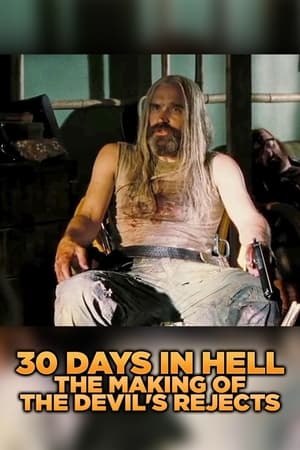 6.0
6.030 Days in Hell: The Making of 'The Devil's Rejects'(en)
An exhaustive, detailed documentary on the 30-day film shoot of "The Devil's Rejects"
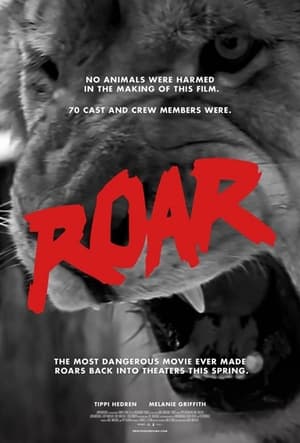 0.0
0.0The Making of Roar(en)
A production of Roar (1981) had special demands on both cast and crew. Learn about this incredible film and about the amazing people who made ROAR possible.
 0.0
0.0How to Win Eurovision(en)
Greg James and Russell Kane present a look at all the ingredients needed to become a Eurovision winner, celebrating the UK's successes and also its hall of shame.
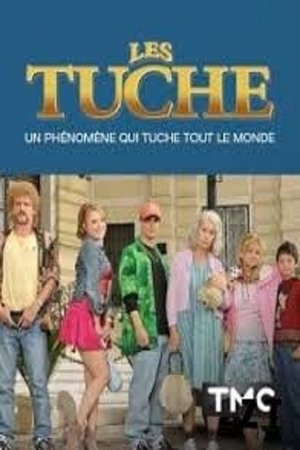 7.2
7.2Les Tuche : un phénomène qui tuche tout le monde(fr)
The phenomenon took everyone by surprise. In the span of three years, despite the mixed reception from the press upon its release in 2011, the Tuche family, a group of eccentric unemployed individuals, found a place in the hearts of the audience. With over eight million viewers during the television broadcast of the first installment and 4.6 million box office admissions for the second part, it became the biggest French success of 2016. The Tuche family has become a phenomenon. Word of mouth gave the film a second life beyond theaters, turning this tribe into the most popular family in French cinema.
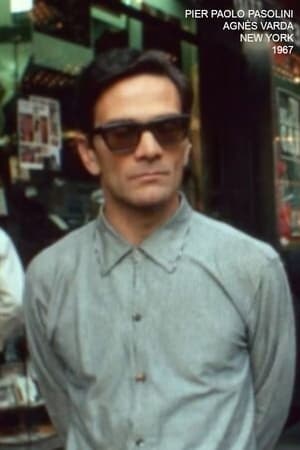 7.1
7.1Pier Paolo Pasolini - Agnès Varda - New York - 1967(fr)
Holding her 16mm camera, an optical prosthesis for a 20th-century stroller, Agnès Varda filmed 42nd Street in NYC in 1967, filming crowds of passers-by to the beat of the Doors. Recovered from the French director's boxes, with images of Varda, Pasolini and New York. Pasolini is shown walking in the Big Apple (where he went to present 'Hawks and Sparrows').
 6.5
6.5When Eurovision Goes Horribly Wrong(en)
Angela Rippon presents a guide to some of the Eurovision Song Contest's most disastrous moments. Including the kiss that ruined the chances of Danish singer Birthe Wilke.
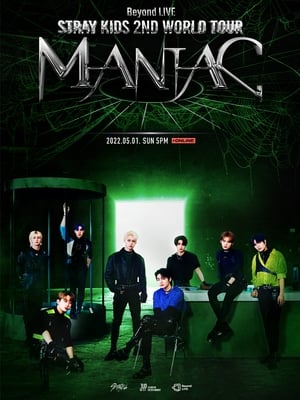 10.0
10.0Beyond LIVE – Stray Kids 2nd World Tour “MANIAC” in SEOUL(ko)
Stray Kids 2nd World Tour ‘MANIAC’! Are you ready to join the grand beginning of Stray Kids’ new world tour that will captivate STAY all around the world? Stray Kids will be showcasing their upgraded performances for global fans for the first time in 2 years and 5 months!
 6.0
6.0Kalvin Phillips: The Road to City(en)
This is a tale of true determination that took Kalvin Phillips from a working-class estate in Leeds, to the pinnacle of his profession. In 2022, he made the challenging decision to leave his beloved Leeds United and join Manchester City. As he faced the pressures of adjusting to a new team he sustained a serious injury, threatening his inclusion in both Man City and the England World Cup squad
